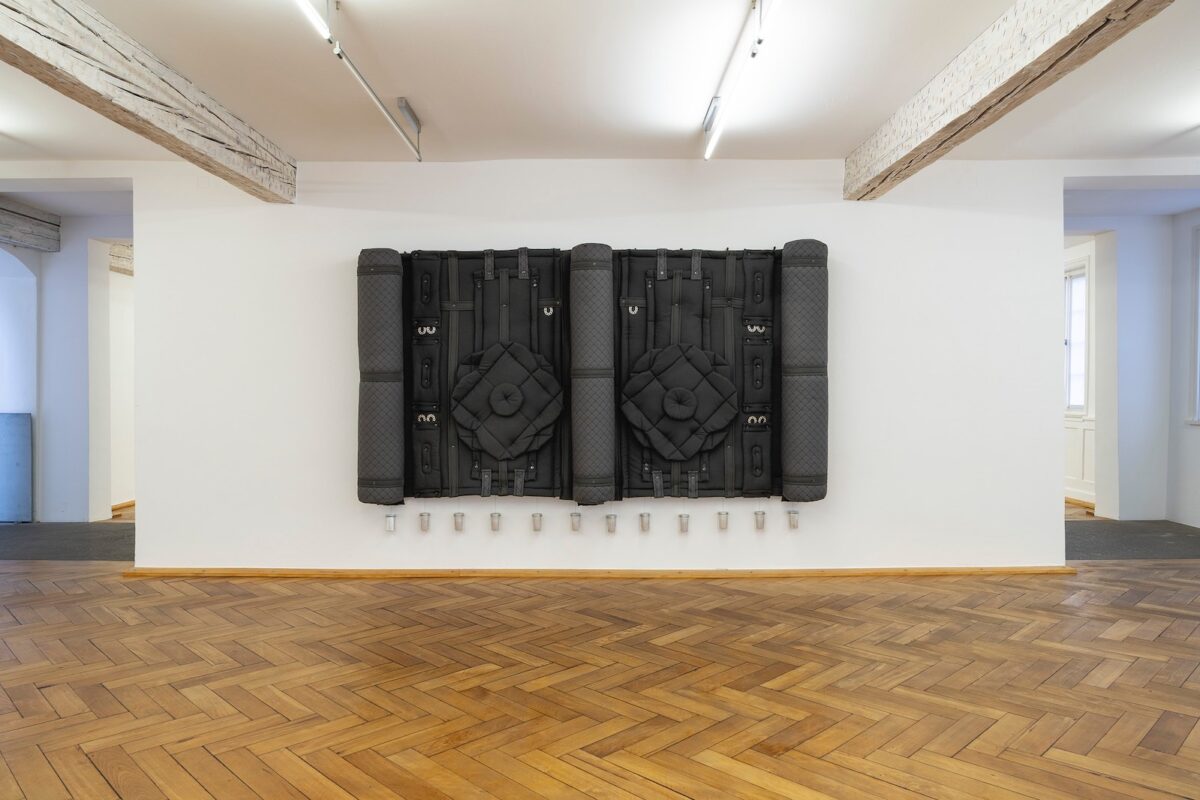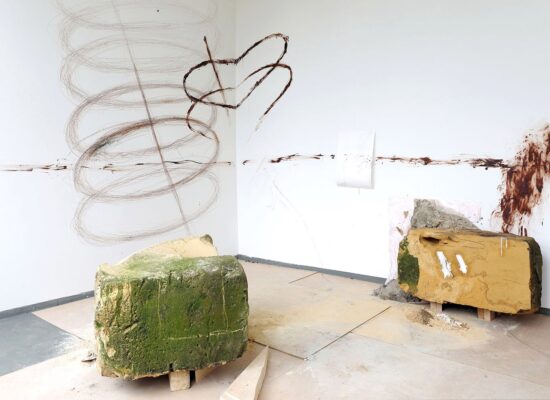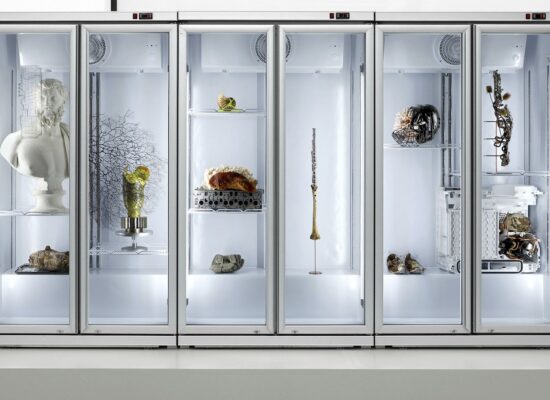How do you describe your own art practice?
I collect, built objects, paint, sew, arrange and bring things together. I’m drawn to materials—both for what they are and what they carry with them. I look into their histories, their associations, how they’re used, where they come from, and what kinds of narratives they hold.
I’m not entirely convinced by the idea of the “new” as something that appears out of nowhere. I work with context and the act of borrowing—tracing how meanings shift over time and how something familiar can take on a completely different weight in a new configuration. I’m interested in moments of collision—where an old idea takes on a new form, or a known form reveals an unexpected meaning. My work often begins by tracking those subtle displacements and borrowing from them.
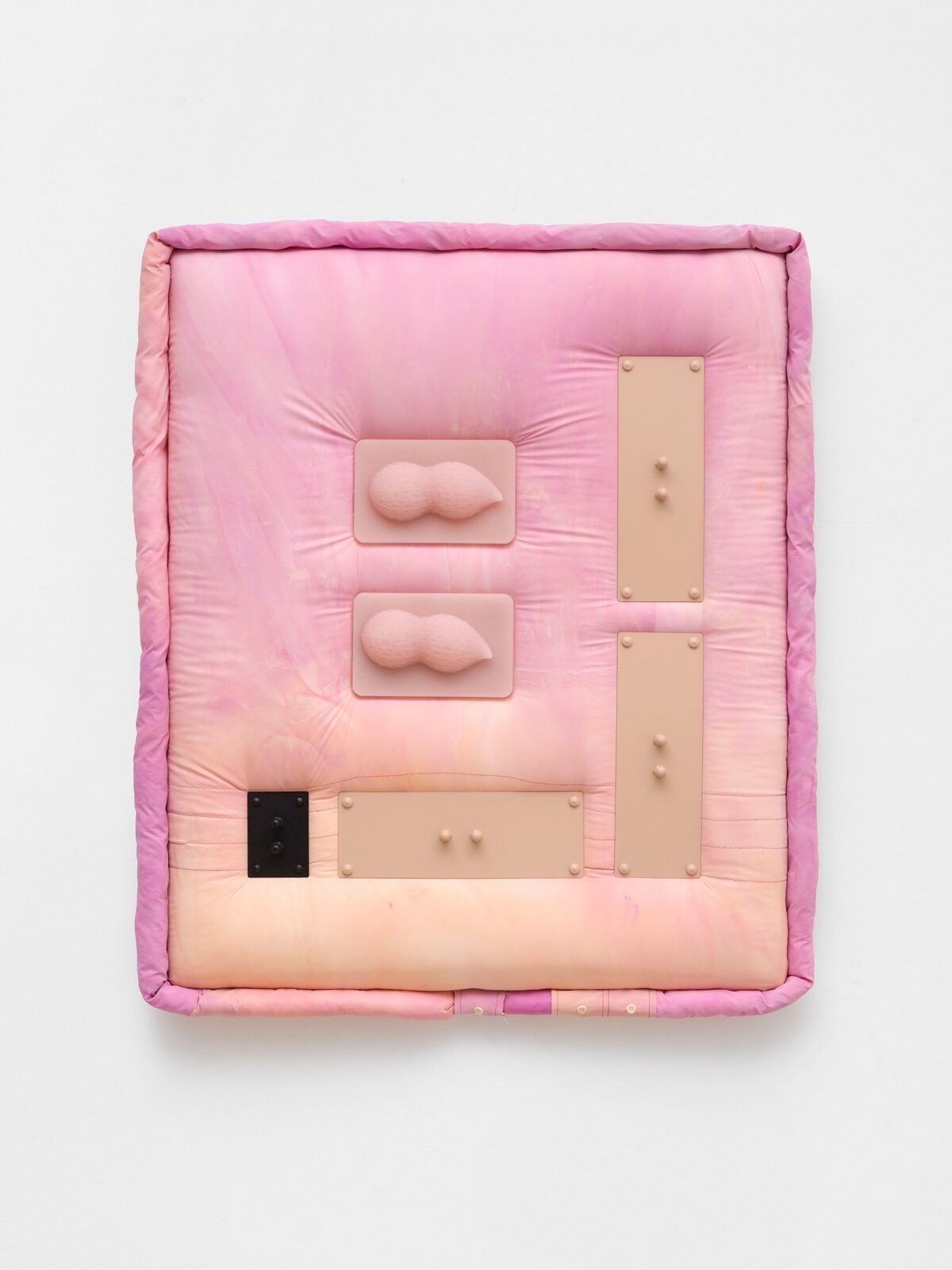
Which question or theme is central in your work?
A central theme in my work is the migration of forms—how materials, objects, and visual languages move across time, place, and context, and how these shifts relate to the ways identity is formed or expressed.
I began to combine handcraft and industrial with mass-produced objects or remnants that, like people, move through supply chains and borders, often unnoticed. I believe that they speak about systems we live within— I intend to look at what is visible, what is valued, and what is left behind.
I’m especially drawn to fabric because of its mobility and its connection to body and (interior) architecture. Fabric is a material that carries memory—it shelters, protects, decorates, and speaks. It has an intimate nature and it moves through domestic and political spaces. Historically, women have used fabric as a language for resilience and expression. The suffragettes used fashion and color as strategic tools of protest. And in Anatolia, women have passed down textile traditions as acts of endurance, storytelling, and cultural preservation.
For me, identity is not static; it’s something constantly shaped by movement, repetition, friction and transformation. I try to capture these shifting states—how something familiar can become unfamiliar, or how a displaced form can suddenly feel like home.
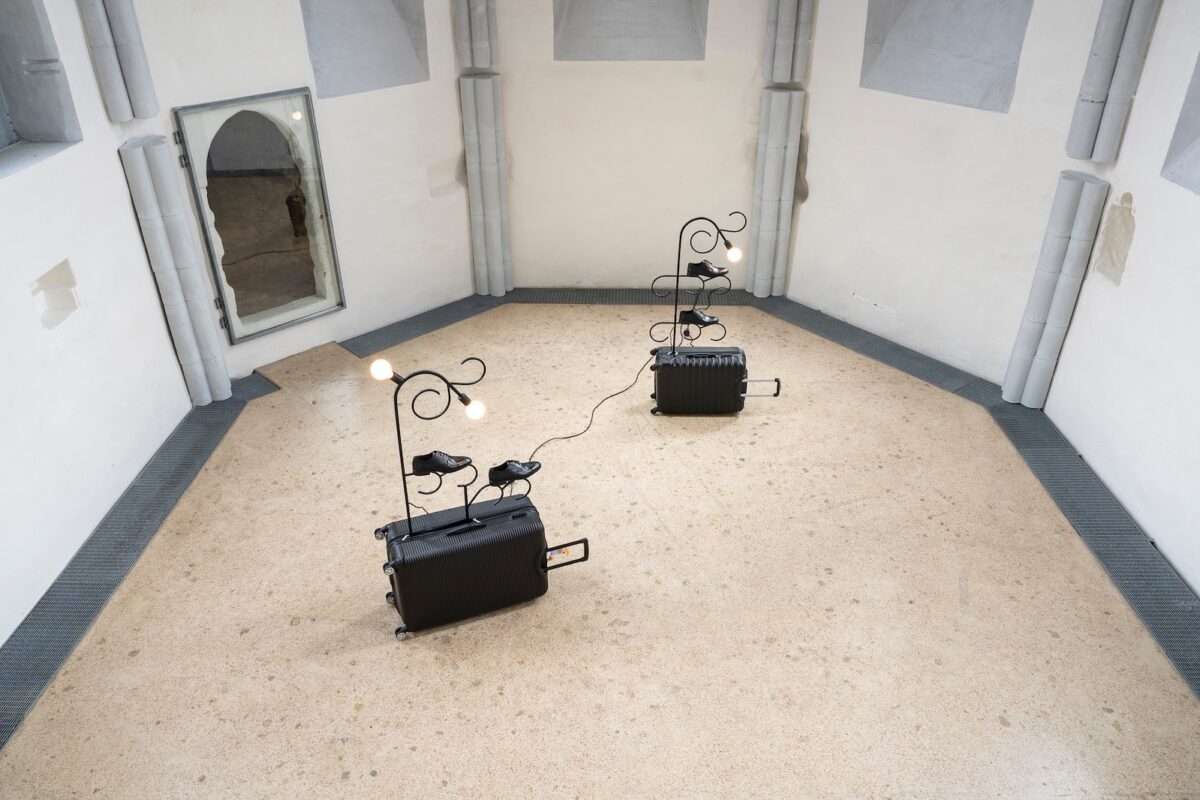
What was your first experience with art?
I have a few “first” experiences, because I grew up in an artist family—art was always present in some form. I must have been around four or five years old when my parents took me to an art exhibition in Izmir, the city where I was born and where we lived for a while. I remember it was a painting exhibition, but what struck me most was the space itself. The exhibition was divided by a kind of curtain made from iron chains—iron chain was something I had seen in the streets before, but never in a space like that. The fact that these industrial chains appeared in an interior, one that had a sort of refined or “fancy” atmosphere, must have puzzled me as a small child.
Later, as I returned to this memory with more awareness, I realized how much materials can speak—and how they carry layers of meaning related to class, labor, and social discourse. That early confusion became a kind of seed. It made me curious about the unexplained relationships between materials and the contexts in which we place them. Materials tell stories, reveal tensions, and expose contradictions. That discovery continues to shape how I work with objects and materials today.
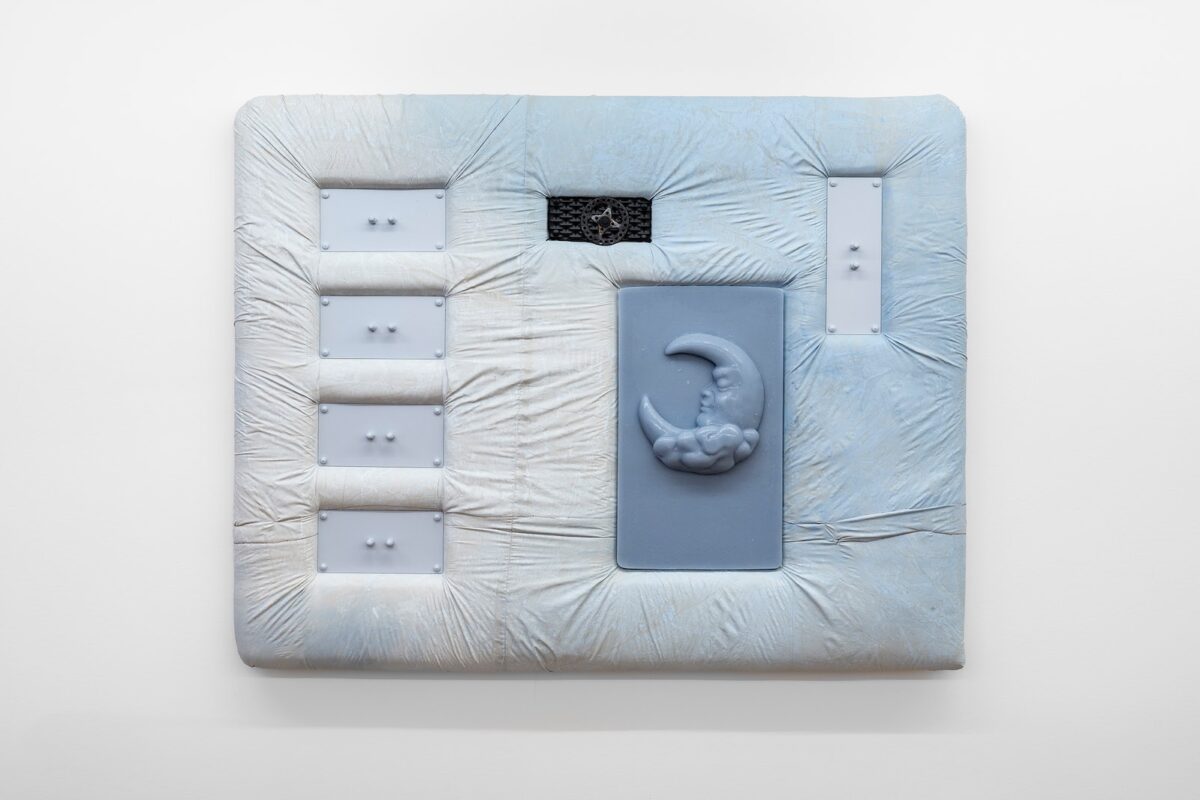
What is your greatest source of inspiration?
Looking and reading—without a doubt. I often find myself “flâneusing” before and during the making of new work. I walk through streets, cities, paying close attention to architectural details, ironwork, ornaments, reliefs and window arrangements.
I also frequently go to construction markets, hobby stores, furniture shops, haberdasheries—places filled with materials and tools. I can spend hours just looking at things in those places. This is my way of tuning into what’s already there, waiting to be re-seen.

What do you need in order to create your work?
I need time, space, and freedom in order to create my work. I’ve long known that these conditions are not guaranteed—especially as a woman from Turkey: time, space, and freedom are not a given—they’re conditions that many people, especially women, have to fight for in both visible and invisible ways. Navigating societal expectations, cultural norms, and internalized limitations…the idea of ‘having space’—to think, to feel, to create—has always been something I felt like I had to work and fight for and reclaim, again and again.
Becoming a mother added another layer to this fight. Motherhood brought immense love and transformation, but also revealed the precarious social structures around support systems and work environments. Once again those hard-earned freedoms became fragile. Even with the structures I thought I had built, I found myself renegotiating everything—from my daily rhythms to my sense of self.
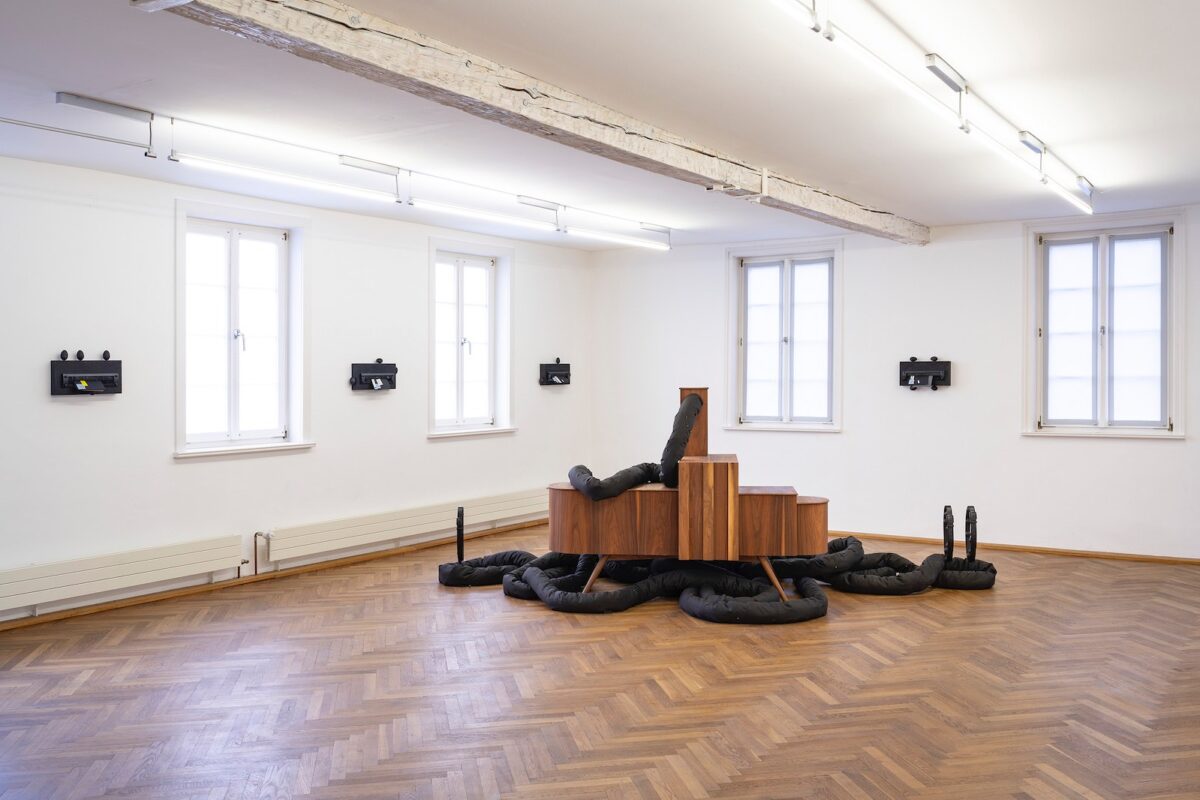
What work or artist has most recently surprised you?
I recently discovered the writing of Xiaolu Guo, and I was very surprised that I hadn’t come across her work earlier. As soon as I started reading, I became a kind of binge reader. I am fascinated by how she manages to capture the emotional texture of migration with such humor—not just the external dislocation, but the inner, often unspoken confusion of building a life between languages, systems, and cultural expectations.
